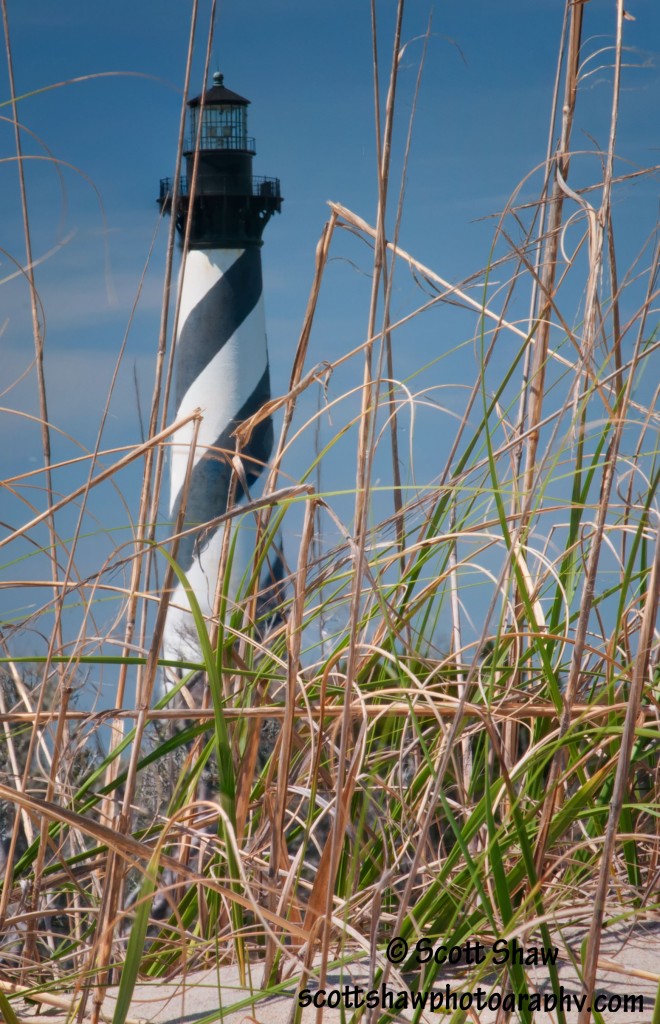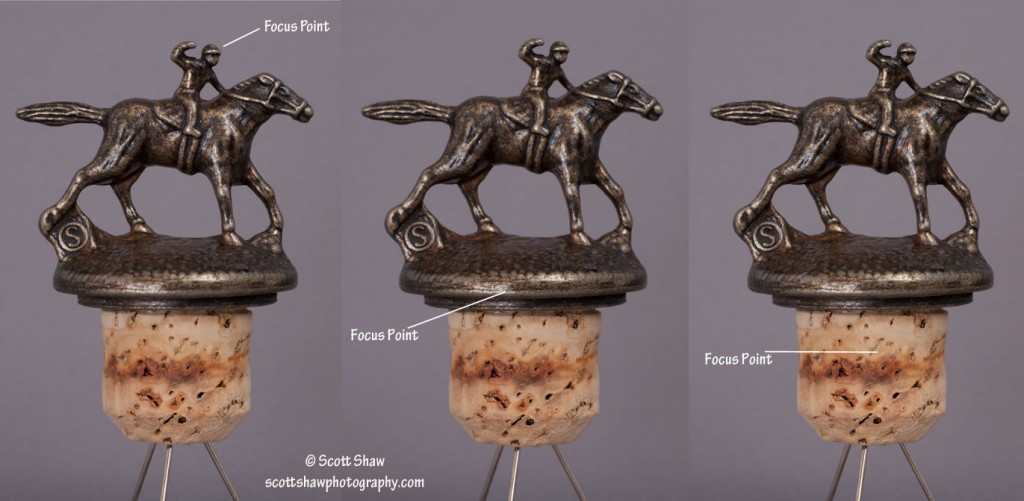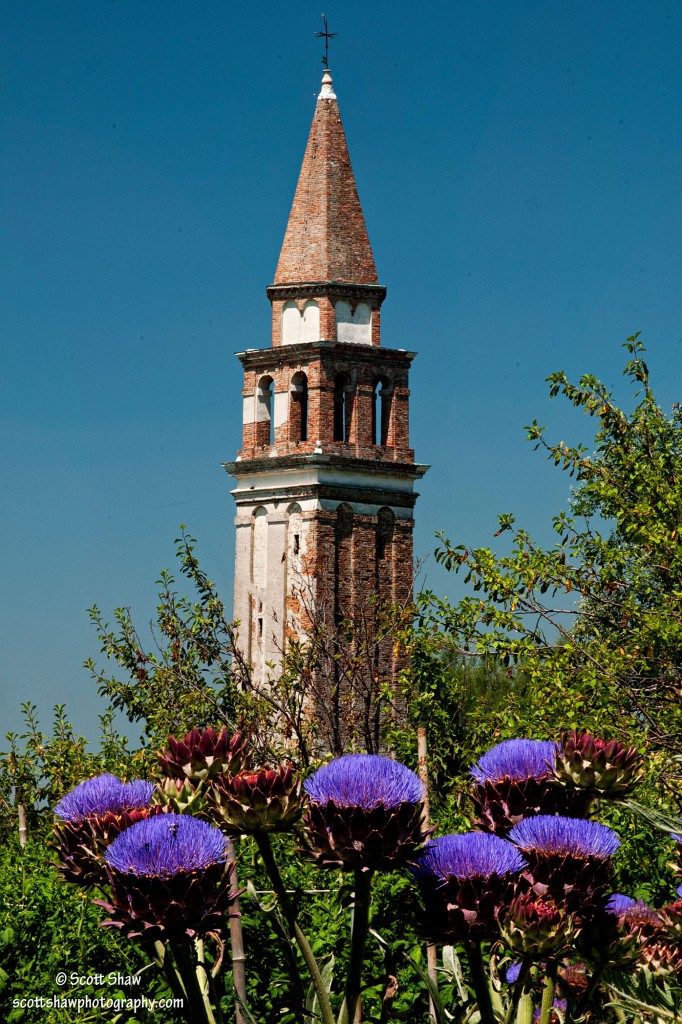A “stacked focus” image of the Cape Hatteras lighthouse in Buxton, North Carolina. The image was made from two separate exposures, one with the focus on the lighthouse, the other with the focus on the sand and grass in the foreground. Align and blend the images in Photoshop and you get nearly unlimited depth-of-field.
Location: N35 15 01.80 W075 31 44.21
The first problem I ran into was consistency between images. I started with my camera set to Auto White Balance. This created slight differences in light color between images. To achieve color consistency between images, I used my X-Rite ColorChecker Passport in a test image. I then used Lightroom to determine the White Balance setting of my lighting set up, which turned out to be 3200K. I set the manual white balance on my camera to 3200K and, viola, consistent white balance between images.
With the front of my lens less than one foot from the stoppers, depth of field became the next issue requiring attention. If I focused on the jockey’s head, the focus on the front edge of the stopper and the cork would appear soft. So no matter which of those three points I focused on, the other two appear soft.
To address the depth-of-field issue, I took three images of each stopper. Using manual focus, the first image focused on the jockey’s head. The second image focused on the front edge of the stopper. The final image focused on the front of the cork. Click on the image above to enlarge it and look at the three focus points and then look at the other two points to see this softness. It is not much, but it does make a difference.
Once I made the three images I brought them all into Photoshop and used the stacked focus feature to create a single image with all three areas sharp.
This is the Campanile di Mazzorbo on the island of Mazzorbo in Venice Lagoon. I really wanted to get the flowers in the foreground and the campanile in the back to be in focus. Given how close the flowers were to the lens and the distance to the campanile, there was just no amount of depth-of-field that would do the trick. Instead, I used a technique called “stacked focus”. In this case I took two images. The first focused on the flowers in the foreground. The second, without moving my camera (use a tripod) focused on the campanile. In both cases I used manual focus on my lens to be sure the proper element was in focus.
I used Photoshop to do the stacked focus. Put both images on the same pallet as separate layers and then use the Edit -> Auto-Align Layers command to properly align the images. Then use the Edit -> Auto-Blend Layers command to blend them. Hocus, pocus, stacked focus!
Stacked focus works very well in macro photography. When you use your macro lens on flowers, take several images while focusing along the flower from front to rear. After you stack them the flower will be sharp throughout.
By the way, is it just me or do all towers in Venice lean to one side? This was at least the fourth one we saw during our stay.
Location: N45 29 19.63 E012 12 42.76




